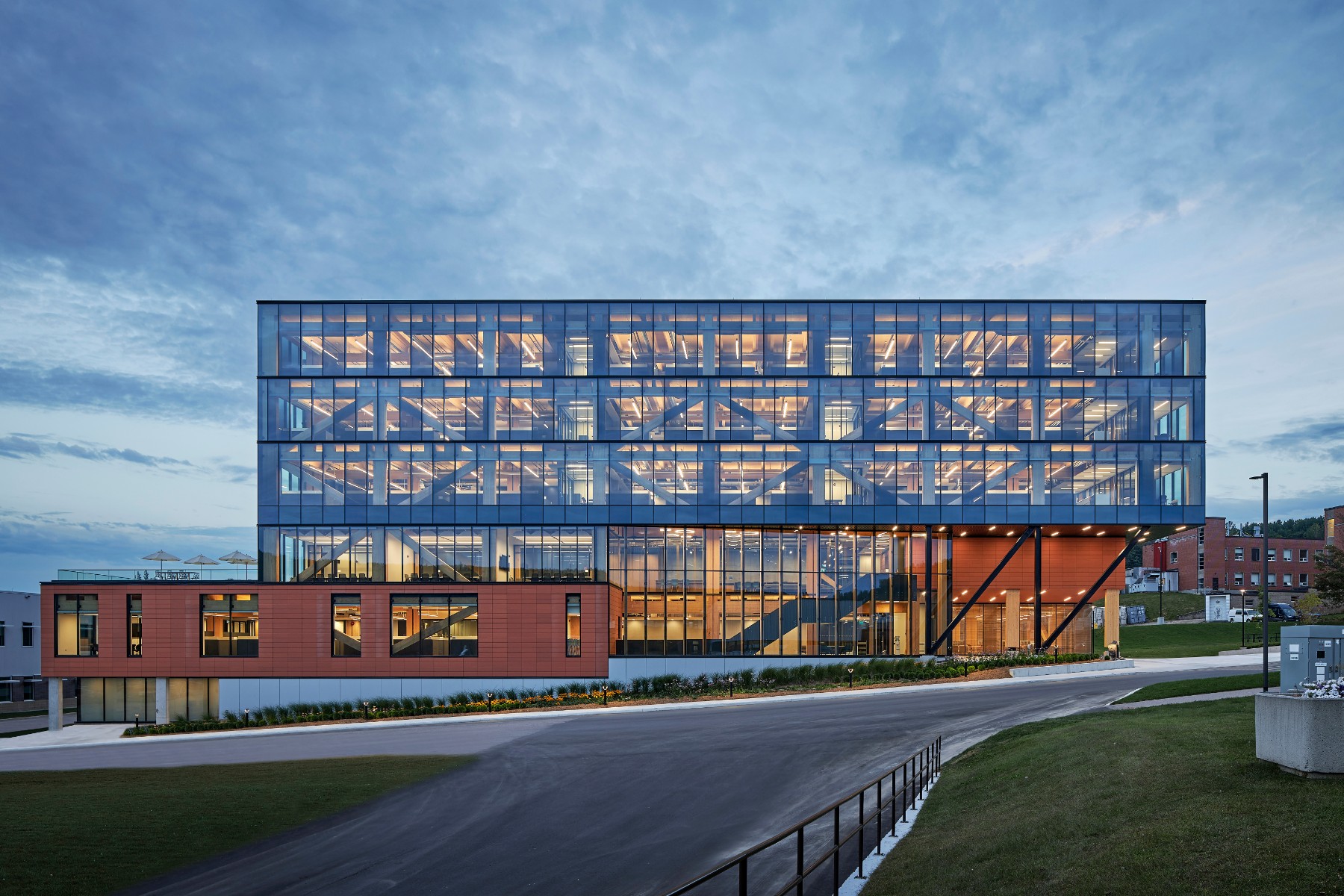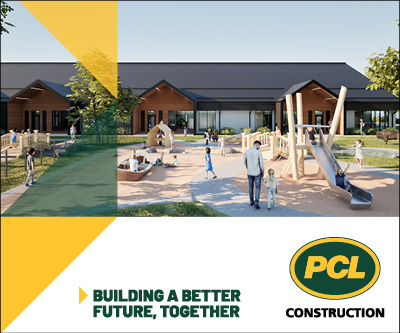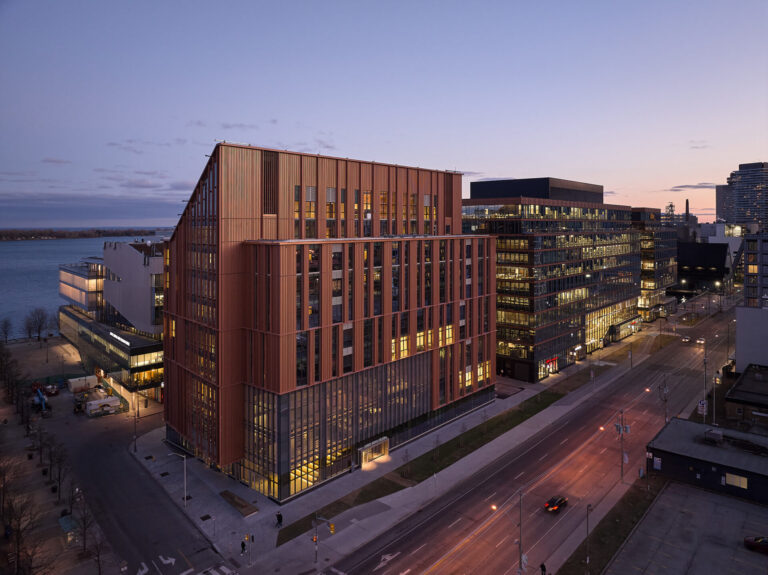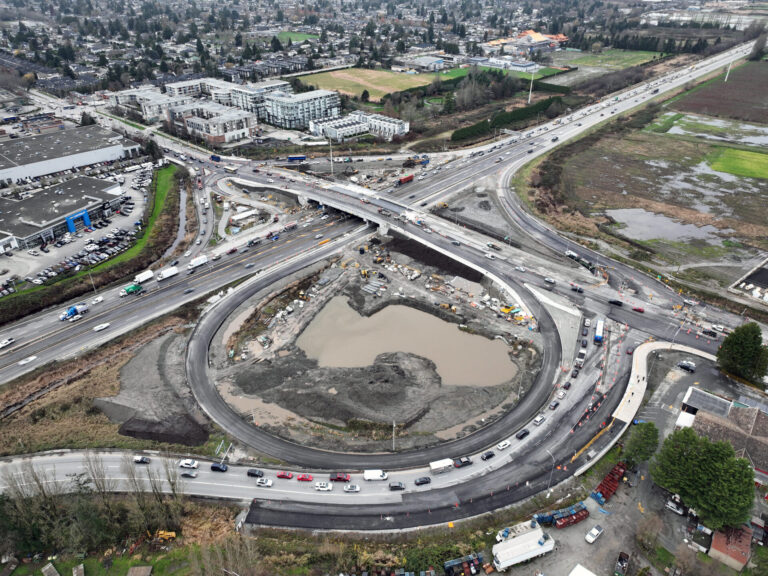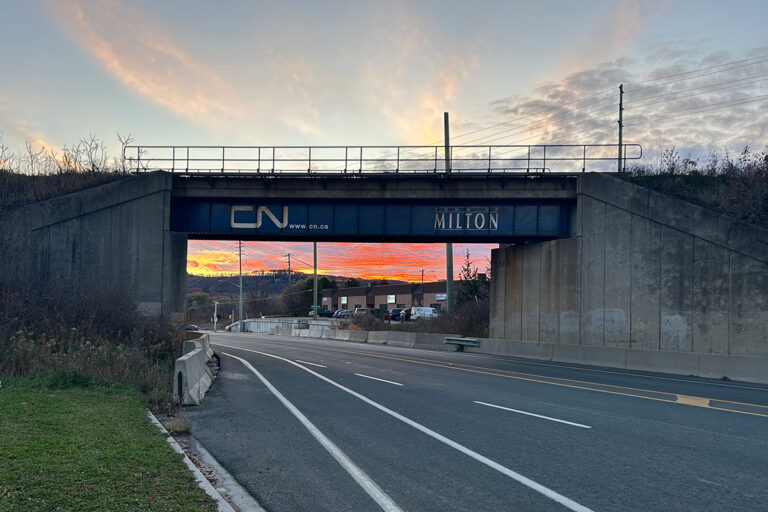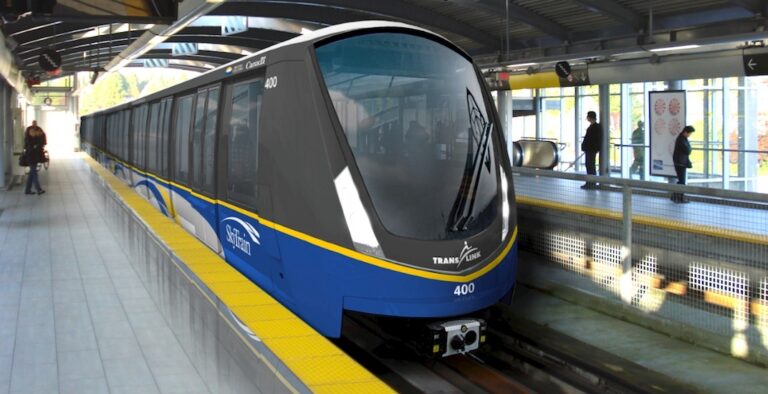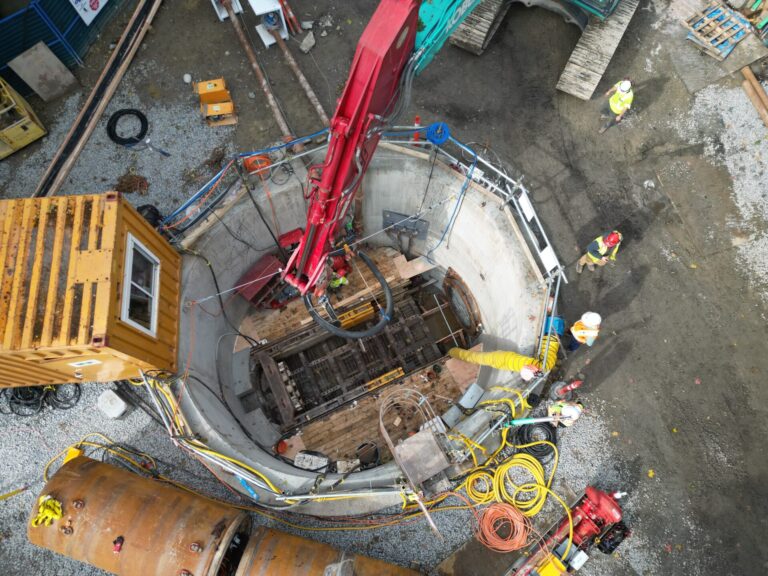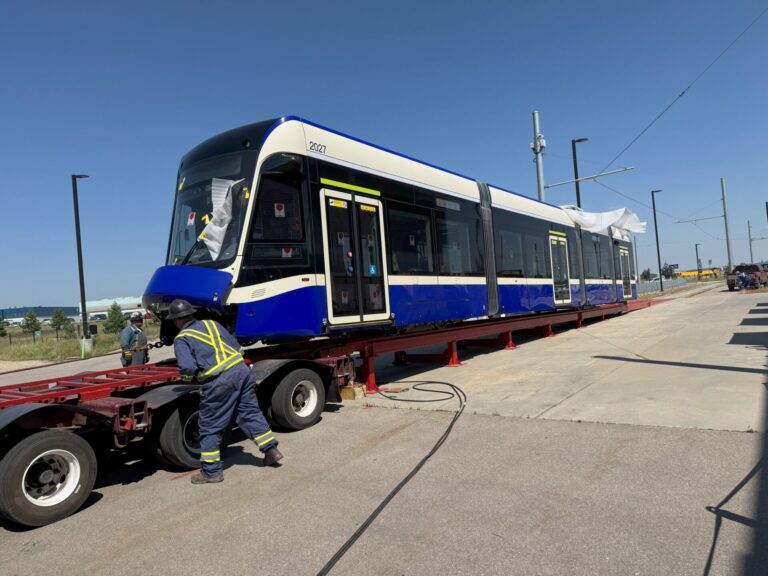Canadian Nuclear Laboratories (CNL), in partnership with Expander Energy Inc. (Expander), Fuel Cell Energy (FCE), St Marys Cement (SMC), and Nuclear Promise X (NPX), announced that they have identified three Canadian locations as potential sites for the location of renewable diesel production facilities.
These facilities would be capable of converting wood waste feedstock into 90 million litres of ‘drop-in ready’ renewable diesel fuel per year, transforming a waste product into a valuable, low-carbon fuel for the transportation sector. This milestone follows the successful completion of a feasibility study, funded through Natural Resources Canada’s (NRCan) Clean Fuels Fund, which demonstrated the economic viability of synthetic diesel production using biomass through water electrolysis.
The concept, known as “e-Syn”, encompasses the use of water and water electrolysis as part of an innovative, patented and patent pending process for making bio-synthetic fuels developed by CNL and Expander, called the Biomass Electrolysis to Liquids (BETL) technology. The project leverages Expander’s technology for biomass gasification and bio-synthetic fuel production, and electrolysis technology. The resulting fuel (either bio-synthetic diesel, known as Bio-SynDiesel, or bio-synthetic aviation fuel, known as Bio-SynJet) will be comprised entirely of carbon sourced from biogenic (atmospheric) sources, and is expected to have very low life cycle carbon intensity.
As part of the feasibility study, a number of potential sites in Canada were evaluated with the intent of selecting one site for a Front-End Engineering Design (FEED) phase of the project. This process culminated in the selection of three locations at sites in British Columbia, Ontario and Quebec, all of which fulfill the necessary requirements in terms of proximity to utilities, and accessibility to major roads and key resources like biomass, among other factors. Following NRCan’s approval, the feed study was extended from one to the three sites, a process that is expected to be completed in the Fall of 2025.
“CNL is thrilled at the results that were generated through the feasibility study and is ready to move into the next phase of the project, which has the potential to eventually produce economical, ready-to-deploy, renewable diesel fuel,” commented Stephen Bushby, CNL’s vice president of Science and Technology. “As Canada moves towards a net-zero future, synthetic transportation fuels provide an immediate opportunity for the country to reduce its greenhouse gas emissions, with the additional benefit of leveraging waste, such as wood, that may otherwise go to waste. The transportation sector in Canada is responsible for almost 25 per cent of the country’s total emissions, so this innovation has the potential to make an important impact toward decarbonizing that sector, as well as Canada’s overall carbon footprint.”
“This is not a science experiment – the feasibility study showed that the BETL™ technology can efficiently produce bio-synthetic fuels at prices competitive with existing food competitive Hydrogenation-Derived Renewable Diesel (HDRD) and Hydroprocessed Esters and Fatty Acids (HEFA) fuels,” commented Gord Crawford, Expander’s president and CEO. “Preliminary economic assessments indicated strong financial performance for all three sites. For future opportunities to actually deploy this technology, Expander and CNL plan to install a commercially proven electrolyzer as part of the planned Expander Carseland Alberta Gasifier project in order to technically and commercially derisk potential investment in the three sites under development in the CFF program.”
The engineering design work will be based on the utilization of 240 dry tonnes of forestry wood waste per day as feedstock to annually produce approximately 30 million liters of renewable diesel per processing facility by using the BETL™ technology. The design of these facilities could also serve as a template for future sites, both nationally and internationally, using a build, own and operate model. Site specific details will be announced in coordination with local partners, including government and Indigenous nations and organizations, in the near future.
Featured image: Exterior shot of the Canadian Nuclear Laboratories Research Campus. (Chandos Construction)

